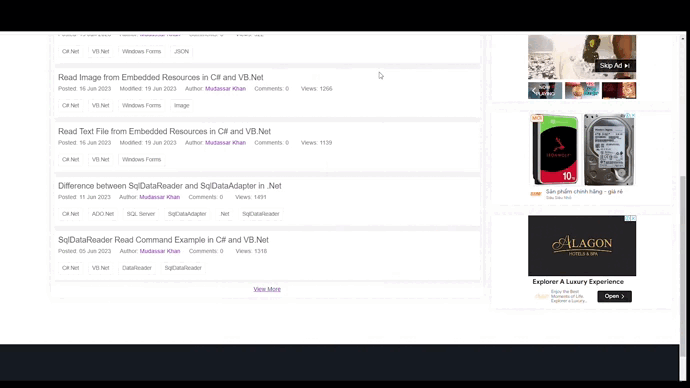Interstitial Ads
Brian Wilson
Last Update 2 anni fa
Interstitial ads are full-screen advertisements that cover the entire interface of the host app. Positioned between content, these ads typically appear at transition points within an app flow, such as between activities, during pauses, or between levels in a game. Users presented with interstitial ads have the option to either engage with the ad by clicking through to its destination or dismiss it and return to the app's interface.

Key Features of Interstitial Ads:
- Full-Screen Coverage:
- Placement and Timing:
- Interactive Elements:
- Expandable Format:
Consideration before placing interstitial ad tag
- User Experience:
User experience is paramount. Publishers should carefully assess how interstitial ads will impact the overall user experience. Intrusive or disruptive interstitials can lead to user dissatisfaction, potentially affecting retention and engagement.
- Appropriate Timing:
Consider placing interstitial ads at natural transition points, such as between content pages, levels in a game, or during breaks in app usage. This can help minimize disruption and make the ads more contextually relevant.
- Frequency Capping:
Implement frequency capping to control how often users see interstitial ads. Overexposure can lead to irritation, so finding the right balance is crucial for maintaining a positive user experience.
- Relevance to Content:
Ensure that the content of the interstitial ads is relevant to the overall theme or context of the website or app. This helps in providing a seamless transition for users and makes the ads more engaging.
- Responsive Design:
Ensure that interstitial ads are designed responsively to adapt to different screen sizes and devices. This helps maintain a consistent and visually appealing experience for users across various platforms.
- Ad Format and Creativity:
Choose ad formats and creative elements that align with the brand and message of the advertiser. Visually compelling and interactive interstitials can enhance user engagement.
- Monetization Goals:
Assess the monetization goals of the website or app. If additional revenue is a priority, interstitial ads can be a source of income. However, it's essential to balance revenue goals with the potential impact on user experience.
Publishers should strive to strike a balance between revenue generation and user experience when implementing interstitial ads. By carefully considering placement, timing, relevance, and design, publishers can maximize the effectiveness of interstitial ads while maintaining a positive and engaging experience for app users.

